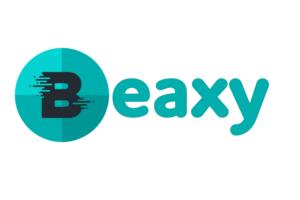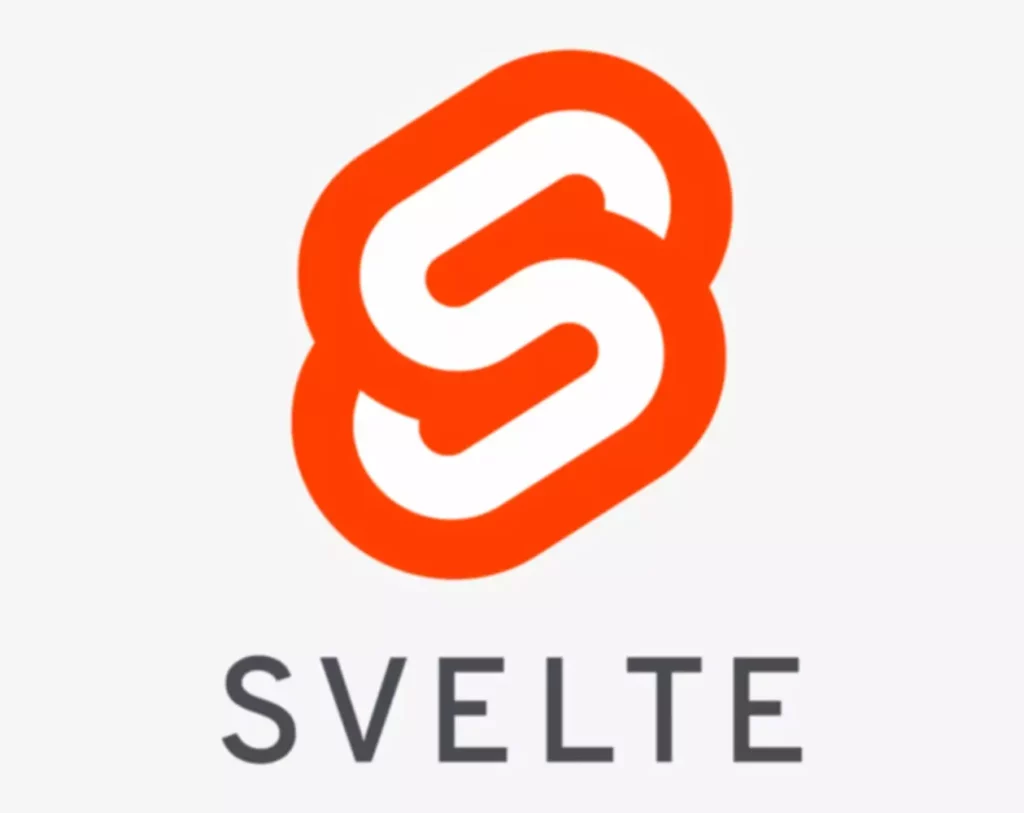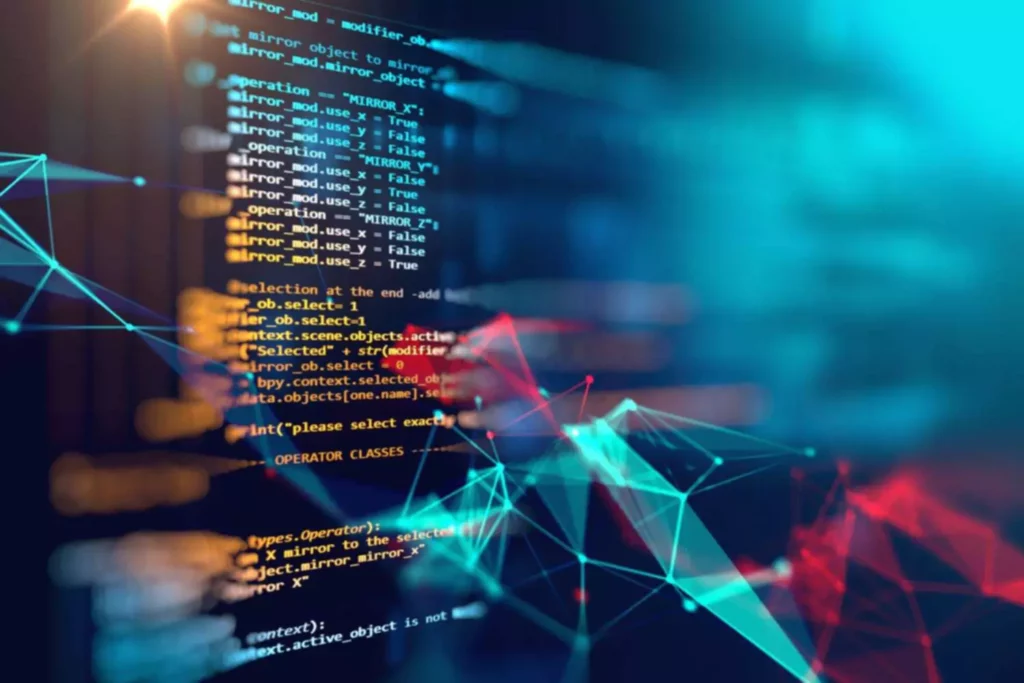

Moreover, the simplicity of the Python library allows programmers to design reliable systems. Learn how to land your dream data science job in just six months with in this comprehensive guide. When starting a Python project, it can be nearly impossible to choose from one of over 100,000 libraries that are available. You may feel a sense of decision paralysis and end up reinventing the wheel even though the code you need is already out there in a library. There are over 130,000 Python libraries filled with millions of lines of ready-to-use code and commands. Using those resources can save you time and energy because the code has already been written for you and has been checked for errors.
The following tutorial sections show how to inspect what went wrong and try to increase the overall performance of the model. The plots show that training accuracy and validation accuracy are off by large margins, and the model has achieved only around 60% accuracy on the validation set. The Keras Sequential model consists of three convolution blocks (tf.keras.layers.Conv2D) with a max pooling layer (tf.keras.layers.MaxPooling2D) in each of them.
To use the image processing tools you just need to import the scipy.ndimage module from the library. Whether it’s for machine learning and deep learning or other modern data applications, there are many benefits to choosing Python as your only, or primary, coding language. The library takes full advantage of its multicore processing functions to allow for a strong focus on real-time data processing in applications. It also has a supportive and active online community that keeps it going.
The documentation contains installation instructions, examples and even some tutorials to help get started in Mahotas. The documentation has instructions for installation and examples covering every module of the library. Computer vision is a branch of artificial intelligence that deals with providing computers with the ability to see and interpret the world in the same way that humans do. This involves understanding both the visual data that is captured by sensors such as cameras, and the high-level concepts that allow humans to make sense of this data. This library can particularly be useful for those who don’t have a knowledge of different image manipulation concepts like eigenvalues, colour spaces, and bit depth. In today’s article, we will take a look at the 5 best Python libraries that might help you to carry out manipulation of images like cropping, grayscaling etc.
Image Processing Projects Ideas in Python with Source Code
You have seen the computer vision libraries for using the various storage methods to save a single image, so now we need to adjust the code to save many images and then run the timed experiment. With a dataset of images of varying size, this will be an approximation, but you can use sys.getsizeof() to get a reasonable approximation. Keep in mind that sys.getsizeof will only return the size of a class definition, which is 1056, not the size of an instantiated object. In all realistic applications, you also care about the meta data attached to the image, which in our example dataset is the image label. When you’re storing images to disk, there are several options for saving the meta data. Critically, key components of the B+ tree are set to correspond to the page size of the host operating system, maximizing efficiency when accessing any key-value pair in the database.
Albumentations: Fast & Flexible Image Augmentations for Computer … – Unite.AI
Albumentations: Fast & Flexible Image Augmentations for Computer ….
Posted: Wed, 12 Apr 2023 17:32:01 GMT [source]
Follow these tutorials and you’ll have enough knowledge to start applying Deep Learning to your own projects. Actual image data is not read from the file until you try to process the data. OpenCV is one of the most widely used libraries for computer vision applications. OpenCV-Python is not only fast since the background consists of code written in C/C++ but is also easy to code and deploy .
Object Detection
The following are some of the operations that may be performed on the image using NumPy . Scikit-image is a collection of algorithms for image processing. We pride ourselves on high-quality, peer-reviewed code, written by an active community of volunteers. As indicated by IDC, digital information will soar up to 175 zettabytes, and the immense piece of this information pictures.
NVIDIA Announces Microsoft, Tencent, Baidu Adopting CV-CUDA … – Nvidia
NVIDIA Announces Microsoft, Tencent, Baidu Adopting CV-CUDA ….
Posted: Tue, 21 Mar 2023 07:00:00 GMT [source]
The library has many mathematical functions and allows multi-dimensional array and matrix computations. Moreover, PyTorch is used to build several deep learning software, such as Uber’s Pyro, which is used for deep probabilistic modeling. Machine learning, let’s dive into the top 10 Python machine learning libraries in 2022. Descriptive and interactive code that is easy to learn, interpret, and understand. The understandable language makes it suitable for beginners.
Caffe is an open-source deep-learning library and framework that’s written in C++ with a Python interface. Caffe stands for Convolutional Architecture for Fast Feature Embedding. It has valuable applications in academic research and startup prototyping and large-scale, industrial applications in AI, computer vision, and multimedia.
How to Build a Smart Intrusion Detection System With Opencv and Python
https://forexhero.info/ is an open-source numerical and popular Python library. It can be used to perform a variety of mathematical operations on arrays and matrices. It’s one of the most used scientific computing libraries, and it’s often used by scientists for data analysis. Additionally, its ability to process multidimensional arrays—handling linear algebra and Fourier transformation—makes it ideal for machine learning and artificial intelligence projects. OpenCV is one of the fastest and most widely used libraries for image processing and computer vision applications.
SciPy is ideal for image manipulation and provides basic processing features of non-scientific high-level mathematical functions. It also includes high-level commands that play a role in data visualization and manipulation. When it comes to machine learning and deep learning projects written in Python, there are thousands of libraries to pick and choose from.
In OpenCV, the images are not stored by using the conventional RGB color, rather they are stored in the reverse order i.e. in the BGR order. The cvtColor() color conversion function in for converting the image from one color code to other. Imread() function − This is the function for reading an image. OpenCV imread() supports various image formats like PNG, JPEG, JPG, TIFF, etc.
It is among one of the most simple and straightforward libraries. It provides a large number of algorithms which include segmentation, color space manipulation, geometric transformation, filtering, morphology, feature detection, and many more. Today, we are going to build a simple image recognition system using the Python programming language. You may be wondering why Python when there are many languages that can be used to create AI systems. Python has a number of versatile and useful libraries that developers can use to achieve that goal and make the process easier than some of its competitors. So today, we are going to go through the creation of a simple image recognition system so that you can get familiar with the various AI libraries and tools Python has to offer.

All these libraries can make your workflow easier with their simpler implementation for specific functions. Photo by Mike from PexelsImage processing is the phenomenon of manipulating an image to extract features from it. Advancements in data science have enabled the application of numerous mathematical concepts to data behavioral patterns. Self-supervised learning is a prominent part of deep learning…
Download our guide to becoming a data scientist in six months
Think about how long it would take to load all of them into memory for training, in batches, perhaps hundreds or thousands of times. Keep reading, and you’ll be convinced that it would take quite awhile—at least long enough to leave your computer and do many other things while you wish you worked at Google or NVIDIA. It is a Python library that helps you handle all types of scientific calculations. It contains the many multidimensional arrays and routines to process them.
- Caffe is an open-source deep-learning library and framework that’s written in C++ with a Python interface.
- Theano is a popular python library that is used to define, evaluate and optimize mathematical expressions involving multi-dimensional arrays in an efficient manner.
- OpenCV-Python, which you will see as the cv2 import statement, is a library designed to work with computer vision problems; it loads an image from the specified file.
- Similar to NumPy, SciPy comes with embedded modules for array optimization and linear algebra.
OpenCV is a library consisting of various programming functions, which makes it useful for real-time computer vision programs. It’s able to process a variety of visual inputs from image and video data and identify objects, faces, and handwriting. Most of the CV applications need to get the images as input and produce the images as output. In this section, you will learn how to read and write image file with the help of functions provided by OpenCV. TensorFlow Lite is a set of tools that enables on-device machine learning by helping developers run their models on mobile, embedded, and edge devices. PyTorch is a popular open-source Machine Learning library for Python based on Torch, which is an open-source Machine Learning library that is implemented in C with a wrapper in Lua.
A heuristic tool for detecting high detail areas in lossy compressed images. Every Monday for the past five years I published a brand new tutorial on Computer Vision, Deep Learning, and OpenCV. Learn how to successfully apply Computer Vision, Deep Learning, and OpenCV to their own projects and research.
Even with the buffer you specified on your map_size, you may easily expect to see the lmdb.MapFullError error. Unless you want to re-write your entire database, with the updated map_size, you’ll have to store that new data in a separate LMDB file. Even though one transaction can span multiple LMDB files, having multiple files can still be a pain. A key comparison that we didn’t test in the experiments above is concurrent reads and writes. Often, with such large datasets, you may want to speed up your operation through parallelization. With the reading functions stored in a dictionary as with the writing functions, you’re all set for the experiment.
Further Reading
It’s an extension of SciPy and is able to handle NumPy data structures as well as complex data models made by Pandas. Although its expertise is limited to 2D plotting, Matplotlib can produce high-quality and publish-ready diagrams, graphs, plots, histograms, error charts, scatter plots and bar charts. The Pandas library is flexible and can be used in tandem with other scientific and numerical libraries. Its data structures are easy to use because they’re highly descriptive, quick, and compliant. With Pandas, you can manipulate data functionality by grouping, integrating, and re-indexing it using minimal commands. Keras framework is flexible and portable, allowing it to operate in multiple environments and work on both CPUs and GPUs.

In addition to its low-level entry and specialized code libraries, Python is incredibly versatile and flexible, which enables it to be used alongside other programming languages as needed. Also, it can operate on almost every OS and platform out there. Ever since its creation in February of 1991, Python has slowly but steadily become the fifth most used programming language in the 2020s. Humans, after seeing a rough sketch, can easily recognize many object types and their poses. That is why edges play an important role in the life of humans as well as in the applications of computer vision. OpenCV provides very simple and useful function called Canny()for detecting the edges.
Keras
It provides extended support for convolutional and recurrent neural networks. This library can be used as a front end for the TensorFlow framework. It is easy to interpret, modular, and expandable for faster experimentation. Keras is an open-source and standalone Python ML library suitable for neural network computations. Keras extends support to convolutional and recurrent neural networks, apart from standard neural nets. The library can operate over known frameworks of TensorFlow and Theano.
Alternately, you could use pympler to save you some calculations by determining the exact size of an object. The function will also not be able to fully calculate nested items, lists, or objects containing references to other objects. Although the main purpose of this article is not to learn the APIs of the different Python packages, it is helpful to have an understanding of how they can be implemented. We will go through the general principles alongside all the code used to conduct the storing experiments.
Pandas is a data science and analysis Python library that allows developers to build intuitive and seamless high-level data structures. Built on top of NumPy, Pandas is responsible for preparing data sets and points for machine training. TensorFlow can be used to implement reinforcement-learning in ML and DL models and allows you to directly visualize your machine learning models with its built-in tools. It lets you create and train smart models on servers and smartphones. Dataset.cache keeps the images in memory after they’re loaded off disk during the first epoch. This will ensure the dataset does not become a bottleneck while training your model.

It is supported by Github, with over a thousand contributors contributing to the development of the library. Created by Intel in 1999, it supports many languages like C, C++, Java, and the most popular Python. OpenCV offers around 2500 algorithms to help build models for face recognition, object detection, image segmentation, etc. Keras is an open-source Python library designed for developing and evaluating neural networks within deep learning and machine learning models. It can run on top of Theano and TensorFlow, making it possible to start training neural networks with a little code. The Keras library is modular, flexible, and extensible, making it beginner- and user-friendly.






